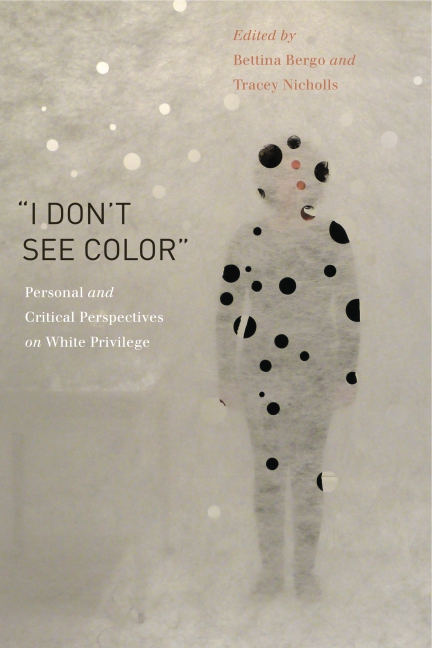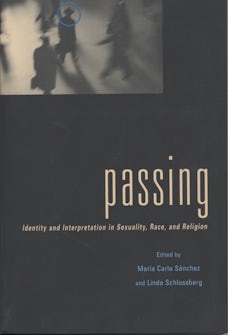From the Archives: Adrian Piper’s “Blacks, Whites and Other Mythic Beings”Posted in Articles, Arts, Identity Development/Psychology, Literary/Artistic Criticism, Media Archive, Philosophy, United States on 2016-01-05 01:58Z by Steven |
From the Archives: Adrian Piper’s “Blacks, Whites and Other Mythic Beings”
Art in America
2015-05-29 (Orignially published November 2001)
Eleanor Heartney
Adrian Piper, the uncompromising Berlin-based American artist and philosopher whose work applies the rigorous strictures of conceptual art to questions of race and identity, was awarded a Golden Lion award at the 56th Venice Biennale earlier this month. Piper received the honor for her participation in “All the World’s Futures,” where she showed The Probable Trust Registry. The piece asks participants to pledge to live by one or more of the following tenets: “I will mean everything I say”; “I will do everything I say I will do”; and “I will always be too expensive to buy.”
In this A.i.A. article from the November 2001 issue, reproduced below, contributing editor Eleanor Heartney reflects on Piper’s tendency “to favor the confrontational over the conciliatory” on the occasion of several traveling retrospectives of her work.
Blacks, Whites and Other Mythic Beings
By Eleanor Heartney
Adrian Piper has long pursued twin careers in art and philosophy. In response to a traveling retrospective, the author ponders the artistic consequences—and seeming contradictions—of Piper’s analytical observations about race.
Does race exist? Henry Louis Gates, Jr., among others, believes not. Labeling race a biological myth, the Harvard scholar has added that from a social and political perspective, race is best understood as a metaphor for something else and not an essence or a thing in itself. [1]
Adrian Piper’s career has been, in one sense, an exploration of this theory. As a light-skinned black woman who, she points out in works like Colored (1988) and My Calling (Cards), 1986-90, could easily pass for white, Piper questions the validity of racial categorization and examines the prevalence of social stereotyping. If race cannot be defined by science or be determined by a person’s visual appearance, she asks, why does it continue to retain such a powerful hold on the human psyche? And what, if anything, can be done to expose its artificiality in a way that will destroy its power?
Many artists have explored the subject of race in recent years, but Piper has been conducting her inquiry from a rather uncommon position. For the last quarter century she has pursued parallel careers as a visual artist with an extensive international exhibition history and as a professor of philosophy, currently on the faculty of Wellesley College. If autobiography provided the starting point for her exploration of race and racism, philosophy has shaped the form of her inquiries. But in the process, the application of abstract philosophical principles to this seemingly intractable social problem produces certain contradictions which suggest that even Piper is not immune to the insidious fictions of race…
Read the entire article here.




